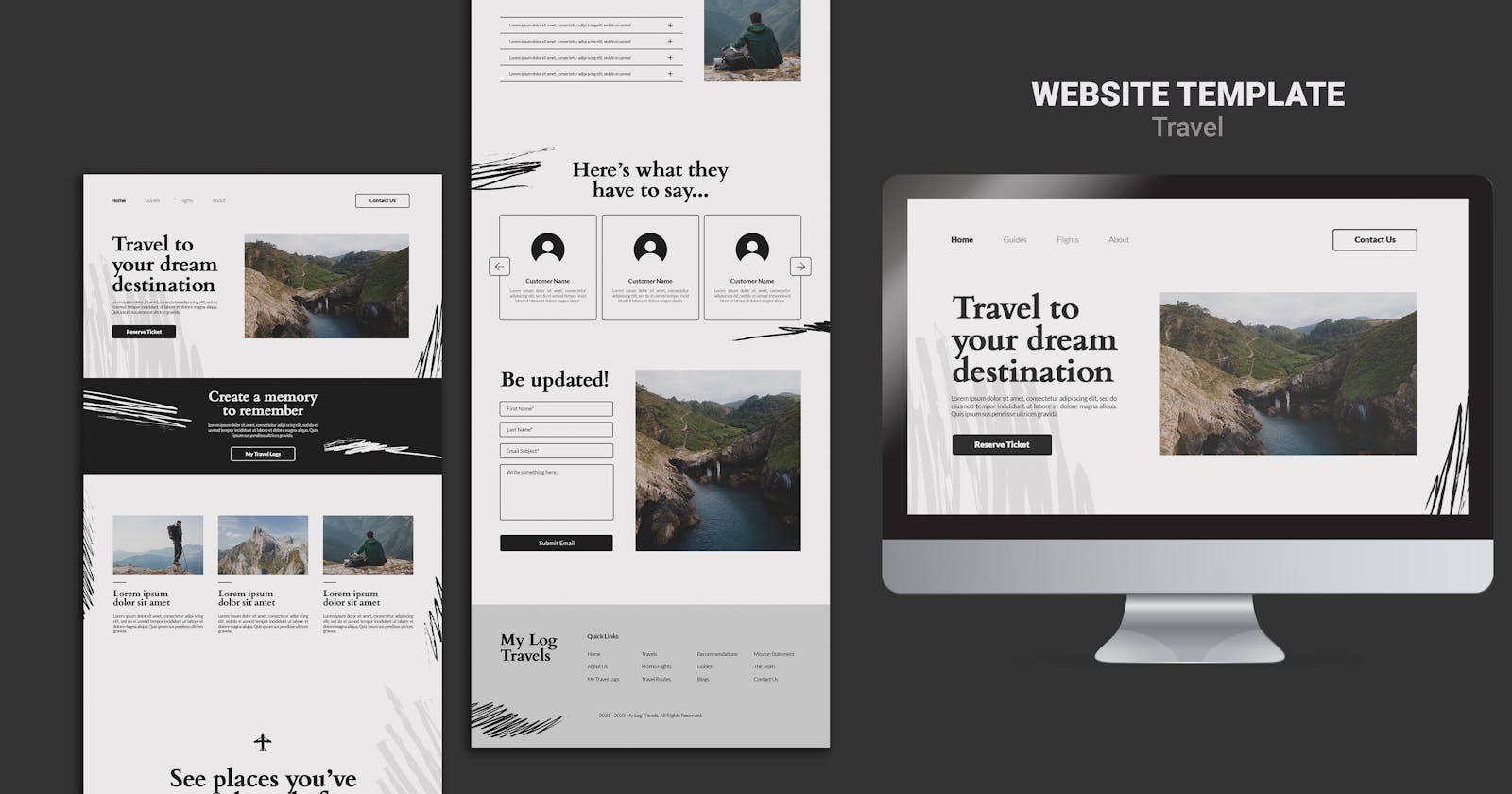It may sound strange but these terms have different meanings and they fall under the umbrella of the web. Below are their definitions and examples. Have fun reading :)
Webpage
In simple terms, a webpage is a single page that is viewed on the web. A webpage contains information about a particular subject, and most of the time, it forms part of a website.
It is usually a hypertext document styled with CSS and made interactive with JavaScript. A webpage has a unique address, which you can access if you type it in your browser's search bar. An example of a webpage is the one you are currently reading this blog in.
Website
A website is a group of interlinked webpages. These webpages convey similar information about a product, service, or company, and they have the same domain name. What differentiates the webpages on a website is their path.
Like every webpage, a website must have a unique address known as the Uniform Resource Locator (URL), which enables users to find and navigate through the website. The first page displayed in the browser when a website's URL is opened is the homepage. This page contains hyperlinks to the other web pages on that website.
Web Application
If you're like me, you have most likely used the terms "website" and "web application" interchangeably. The difference between these terms is the level of interactivity; a web application is more interactive than a website and a web application provides information specific to the user.
A practical example is your favorite food-ordering web application. When you log in to the application, your browser displays a webpage where you can select food from the menu and place an order. In this web application, the information displayed is based on the user's input and interactions with the application.
This is more interactive when compared to a company website, which displays only their services, how you can contact them, and some other information about themselves.
The similarity in these terms is they can only be viewed on a browser. Some browser examples are Google Chrome, Safari, Microsoft Internet Explorer, and Mozilla Firefox.
